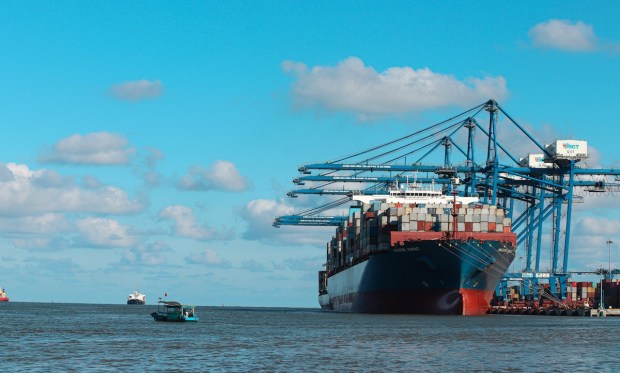Closing the Books on the Global Challenge of X-Border Accounting

One of the biggest challenges to account for in cross-border payments is, well, the accounting.
It’s a silent but often deadly snarl that can tangle up business’ plans to tap into the potential of international expansion.
That’s because cross-border payments, traveling across far-flung tax codes and compliance requirements in different countries, with any number of parties and counterparties in the mix, are rife with complexities that end up trickling down to the accounting team and gumming up the books.
And for small and medium-sized businesses (SMBs) with limited resources to draw on, especially when compared to titanic multinationals with long-standing international relationships, these complexities can snowball into higher costs and build a prohibitive wall that cuts them off from crucial growth and cross-border expansion opportunities.
Navigating the complex web of worldwide regulations poses a constant risk for businesses trying to expand, and SMBs can often lack the in-house expertise required to pick their way through complex international tax and accounting issues, leaving them stuck grappling with varying tax codes and compliance requirements in different countries, ultimately leading to confusion and potential financial penalties.
Many issues that seem relatively simple or minor can still cause significant friction within cross-border transactions, particularly for SMBs that may face technological barriers preventing them from adopting advanced accounting and automation systems, putting them at a disadvantage in the cross-border landscape.
But surging global trade and deepening international supply chain links are fueling demand for cross-border payment options that mitigate the classic pain points of international transactions, including the lack of transparency around accounting and tax measures.
Read more: Incentivizing Innovation Is Crucial for Transforming X-Border B2B Payments
Speed, Lack of Transparency and Cost Core X-Border Pain Points
PYMNTS Intelligence reported in a recent study that less than a quarter of smaller businesses say their current cross-border payment solutions are very satisfactory.
And those are the SMBs that have already made the jump into foreign waters, not the ones too put off by the available solutions to even consider taking the first step.
“Cross-border payments inherently have more points of failure compared to domestic payments,” Amit Agarwal, global co-head of Payments and Receivables, Treasury and Trade Solutions (TTS) at Citi, told PYMNTS in a recent interview.
But by addressing historical challenges head-on and implementing practical solutions, it’s possible for solution providers, banks, and FinTechs to pave the way for a future where SMBs can confidently engage in cross-border transactions, contributing to a more interconnected global economy.
“The cross-border B2B market is growing massively,” Neil Drennan, chief technology officer at Visa Cross-Border Solutions told PYMNTS in an interview posted in November. And that means there are more businesses than ever looking to move money around the world “quickly and transparently, with complete clarity around costs.”
See also: Spotlight on Cross-Border Payments
The Farther Payments Travel, the Greater Potential for Failure
As PYMNTS Intelligence has reported, 70% of U.S. firms experienced higher rates of failed payments in cross-border sales compared to domestic sales.
In an ideal cross-border business scenario, SMBs would seamlessly conduct transactions across borders without facing the hurdles that currently hinder their growth. Acknowledging the core challenges of speed, transparency, and cost in cross-border payments is the first step toward implementing effective solutions.
That’s because while the challenges surrounding cross-border payments for SMBs are complex, they are not insurmountable. Technology has the potential to be a great equalizer, offering scalable and affordable solutions that cater specifically to the needs of smaller businesses. FinTech firms, in particular, play a crucial role in developing user-friendly platforms that facilitate seamless cross-border transactions.
There is a growing movement toward faster payments and interoperability which is expected to revolutionize B2B and cross-border transactions, James Butland, U.K. managing director at Mangopay, told PYMNTS in an interview posted Jan. 23.
“What we do is enable businesses to pay in their local currency so there is no FX charge on top … there’s no surprise, and it takes away the complexity and opaqueness of using U.S. dollars or a third currency for buying and selling overseas,” Butland explained.
It’s time to untangle cross-border payment complexities and empower SMBs to thrive on the international stage.
For further reading, “The Treasury Management Playbook: Spotlight on Cross-Border Payments,” a PYMNTS Intelligence and Citi collaboration, examines why cross-border payments are more important than ever and how companies can minimize frictions associated with international transactions.

